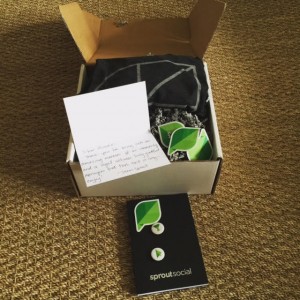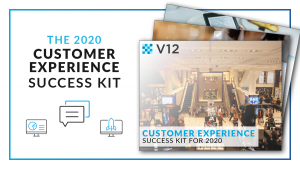
A great content marketing strategy relies heavily on a B2B website as the central hub of activity. The website houses the blog, resources, guides, sales sheets, links to social media, videos, and other multimedia that are part of the content strategy.
For a content marketing strategy to be effective, the B2B website design must support and properly enable the content strategy. Whether you are building a website from the ground up or looking to update your website design, below are tips to help set the stage with your web design for a successful content marketing strategy.
Prominent Blog/Resources
If you know that your content strategy includes blogging or other resources, it’s essential that your B2B website design integrates those resources in a way that shows them prominently. If you are going to invest time and money into content creation, you want to make sure all website visitors can easily find and access those resources.
We recommend including the resources or blog in the top-level navigation as many users are familiar with turning to top-level navigation to access helpful resources.
Resources Set Up to Share
Your B2B content strategy includes creating fantastic content that you and your website visitors want to share. A strong web design makes it easy to share the content. This includes simple things like making sure each resource has its own url and image. Taking a step further is the integration of social buttons that make sharing easy, like the plugin AddThis for WordPress.
Thinking about the shareability of content resources during the website design process ensures that the social buttons are prominent and the content displays properly when shared.
Create CTAs for Blogs
Every copywriter includes a compelling call-to-action (CTA) at the end of a blog, but what if your B2B website design had a nice visual CTA? Something that grabs the reader’s attention and incites them to complete the desired action. Other options include web design features like showcasing recent blogs to keep the visitor engaged and on the website, highlighting related guides to capture contact information or compelling visuals that encourage visitors to sign up for the monthly newsletter.
Simply having a blog without a CTA doesn’t maximize the visitor’s time on the website or leverage other related content for more conversions. As blog posts are often a big part of a content marketing strategy, it’s important to style the blogs for a great user experience while also keeping them engaged on the website.
Feature Resources on Home Page
B2B marketing and lead nurturing often take months or even years to convert leads. Many prospects may visit your website five, six, or more times before they ever make contact with your sales team. As such, it’s important to provide them content for every stage of the buying process, but these resources shouldn’t only live in the resources section. They should be sprinkled throughout the website and featured on the home page as well.
Depending on your industry or products/services, it often makes sense to feature your top content pieces on your home page to help educate your audience.
Uniting Your Website and Content Marketing
Your B2B website isn’t a static resource. Rather, it’s a living, breathing resource that should be continually updated and optimized for the end user. An effective content marketing strategy is one way to keep your website current and full of helpful materials. However, your website design should also support your content marketing strategy so you can attract and convert more leads. It’s important to think about your content marketing strategy when designing your website.
Digital & Social Articles on Business 2 Community
(46)
Report Post






